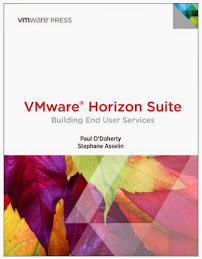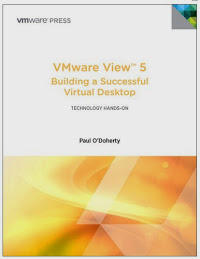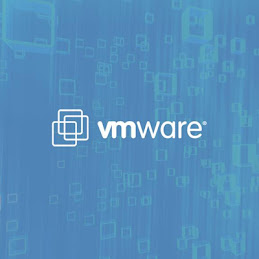The inaugural Ontario SMB Cloud Summit event was sponsored by Long View Systems as part of its commitment to helping business adopt Cloud computing. Nolan Evans, General Manager, Ontario at Long View Systems explained why the SMB Cloud Summit and DCD Connect are important to support “At Long View Systems we have a uniquely Canadian perspective. We know it is critical for our customers to get good advice and support as they define their business goals in the context of Cloud to take advantage of the unique capabilities this model offers. As a provider who has built managed services on our own Cloud and on public Cloud, we have a lot of experience that can help avoid the pitfalls of new technology adoption. Participating in the Cloud Summit allows us to bring those learnings to the community in a collaborative way with information that is relevant for those in Central Canada”
Joanne Anderson the Director for Technology Adoption and Regional Growth from the Ontario Investment Office. Provided the introduction and noted that while 80% of US companies have invested in cloud only 50% in Canada have. This was one of the driving factors in putting the event together.
Michael O’Neil @oneil_intoronto, the host for the panelist discussions for the day is one of the world’s most senior IT industry analysts. During his 25 year career, he has led four different IT consulting companies and spearheaded leading-edge research projects in North America and around the world. He led the day’s events in a series of focus discussions on key aspects of cloud adoption.
Feisal Hirani @feztech and Paul O’Doherty @podoherty, two of Long Views Principal Cloud Architects joined a distinguished list of speakers and industry experts for two days of interactive discussions on the development of Cloud for SMB and Enterprise businesses. Ivan Brinjak @ivanbrinjak the Sales Director at Long View Systems and John Kaus @john_Kaus the Cloud Sales specialist where on hand to help customers reflect on their current and future plans for hybrid IT and cloud adoption.
The feedback and audience interaction was fantastic. While it was the 1.0 version of the event, the wealth of industry expertise on hand over the two days establishes the event as an important source of relevant information for assisting businesses in Ontario in adopting Cloud technology.




